Bearings are mechanical assemblies utilised by the majority of machines and equipment components that require any type of motion to reduce friction between their moving elements. Bearings are a common component in many household items, automobiles, and machinery used in industries worldwide.
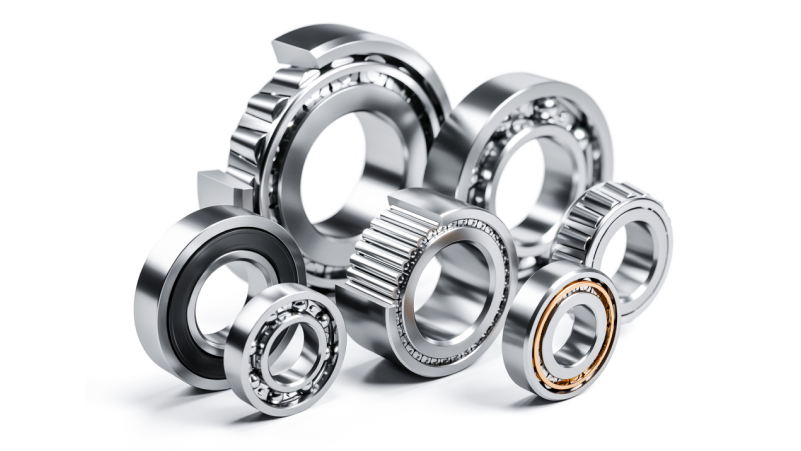
A wide range of light-duty and industrial equipment, from a little supermarket trolley to massive power plants, would be unable to function without the usage of bearings. Bearings are used to limit metal-to-metal contact as well as the amount of mechanical flexibility within a machine.
Today, there are various types of bearings available on the market, each with a specific function, shape, and load. These bearings can be widely categorised based on the type of operation, the motions authorised, or the directions of the loads applied to the elements. In this article, we’ll go over everything you need to know about industrial bearings.
Historical Application of Bearing
You might be surprised to learn how old bearings are. Since rolling bearings were created so long ago, it’s possible that they existed before wheels. The very first bearings were made of wood and lubricated with animal fat. The ancient Egyptians employed tree trunks as roller bearings to move massive, heavy stones used in the construction of pyramids.
The first discovered rolling element bearing is from 40 BC. It was a wooden ball bearing that was recovered from the wreckage of a Roman Nemi ship in Lake Nemi, Italy, and was used to support a revolving table, allowing people eating at the table to rotate the table to access other foods.
The next recorded mention of a ball bearing came about 1500 years later, in a drawing by an enthusiastic scientist and artist Leonardo da Vinci. Ball bearings were incorporated into his design and blueprint drawings for a helicopter. Galileo would also describe an early sort of ball bearing 100 years after Leonardo’s invention.
Significance of Industrial Bearings
Bearings decrease friction, allowing for smooth acceleration in industrial equipment, eliminating noise in ceiling fans, and ensuring smoothness in the contact of moveable metals. Thus, by buying industrial bearings, industries can eliminate friction and heat generation, and, ultimately, part wear and tear. Additionally, it reduces energy consumption as the low-friction rolling varieties of bearings replace sliding motion.
Main Components of Bearing
A bearing is not made of a single, solid metal piece. They are actually made up of several different components. There are three main components that make up a bearing.
1. Inner/Outer Ring
A specific high-purity, chrome alloy steel is used to create the inner and outer rings. This material possesses the required hardness and purity for a high load rating and a long service life. A bearing’s race is always toughened, sharpened, and ground. They fit the profile of the rolling elements that will be employed inside the bearing.
Special materials like ceramic and plastic are also used to make inner/outer races. Although plastics cannot withstand the high temperatures that metal bearings can, they do have some applications. Plastic bearings can be the preferable option in applications where they do not get too hot or when the load is of a lighter duty in industries like automotive, where every gram matters.
2. Rolling Elements
Balls, rollers, cones, spheres, or needles are forms of rolling elements. They are crafted from unique, high-purity, chrome alloy steel. The rolling parts are maintained apart and steered by the cage as they roll on the precisely designed raceways of the rings.
3. Cage
The cage is in charge of separating and directing the rolling components. Steel, brass, and plastic are among the materials used to build cages. Cages can be either solid or pressed. Solid cages are usually found in higher-priced bearings used in high-precision applications.
Types of Industrial Bearings
There are many different kinds of bearings with certain advantages and uses. Below, we’ll take a closer look at some of the most typical types:
1. Ball Bearing
Ball bearings are mechanical units that include spherical rolling components situated between circular inner and outer races. By supporting rotating shafts, they reduce friction between the shafts and the stationary machine parts. Ball bearings are generally employed in equipment with shafts that need support for low-friction rotation. Electrical motors are one of the most common applications for ball bearings.
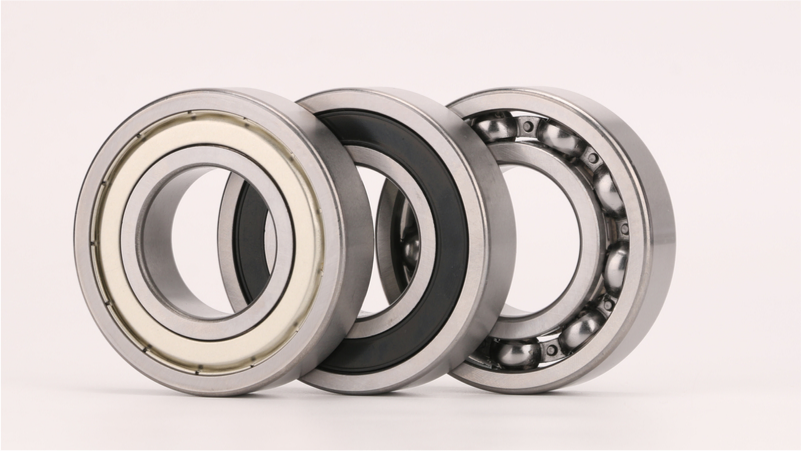
Depending on the application, ball bearings are available in numerous variants. One can buy industrial bearings online for installation in machinery.
2. Deep Groove Ball Bearing
Ball bearings and deep groove ball bearings have many similarities. The sole difference is that deep groove bearings used a fixed cage termed a retainer. The retainer secures all of the balls and protects them far more than a standard cage found in a ball bearing.
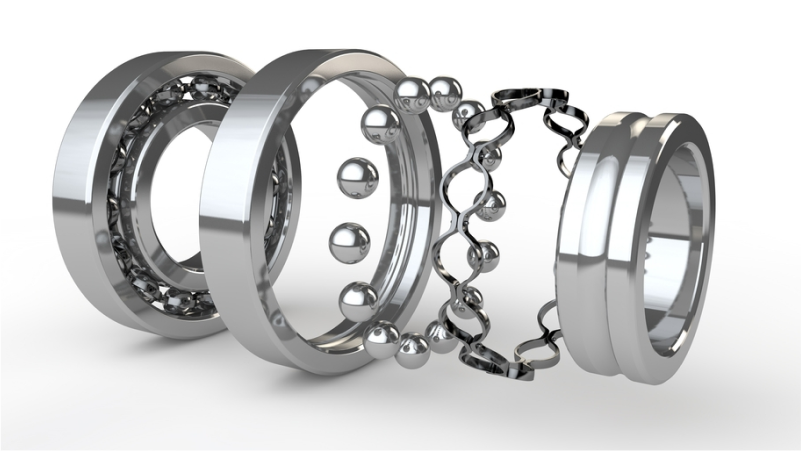
They feature very low rolling friction and are designed to be low noise and vibration-free. Hence, they are suited for high-speed applications.
3. Roller Bearing
Roller bearings use cylindrical or tapered rolling elements that are normally held between the inner and outer races. Any rolling part that is longer than its diameter is referred to as a “roller.” Roller bearings are commonly used in high-load applications.
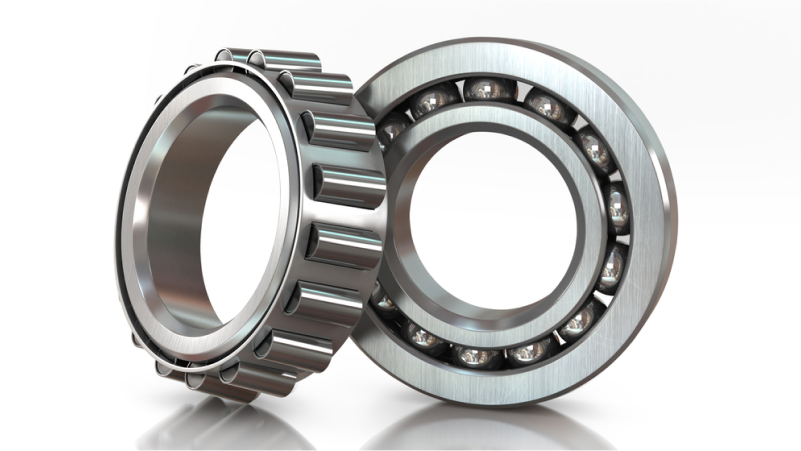
If you are also operating high-load applications equipment and want to buy industrial tools and products online or industrial bearings you may opt for the best industrial bearing suppliers from the market.
4. Self-Aligning Bearing
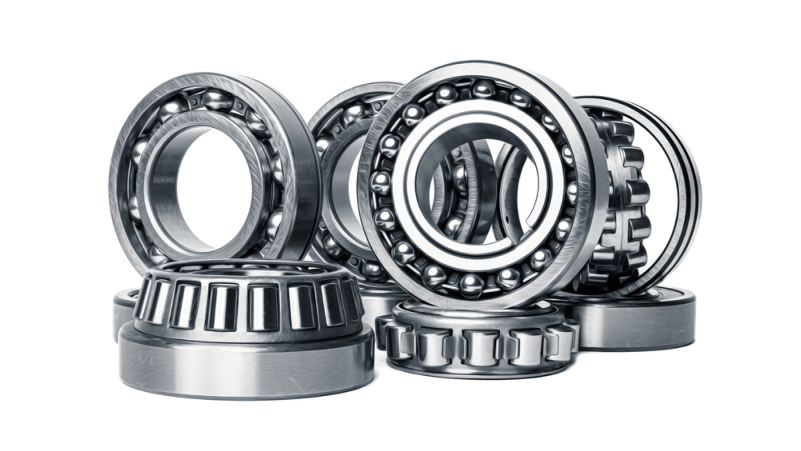
Self-aligning bearings are utilised in applications that allow for minor misalignment. They act by forming the outer race into a concave shape. This permits the inner race to move and correct any alignment issues.
5. Tapered Roller Bearing
Tapered roller bearings incorporate a section of a cone as the roller element. The rollers are fitted between the two races, which resemble hollow cones.
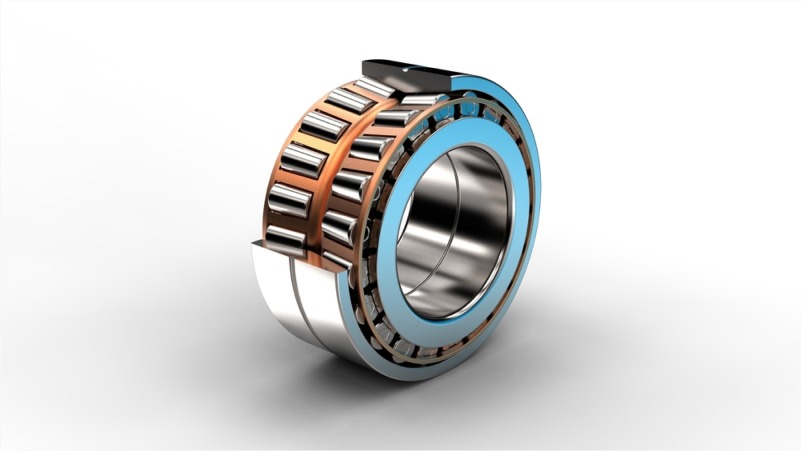
The bearing industry has expanded and diversified into standard and custom bearings. Each of these bearings are significant in the industrial sector. At present, contemporary bearings may be found in everything from old pinball games to cutting-edge industrial machinery and everything in between.
Get the best bearing product at an affordable rate.
